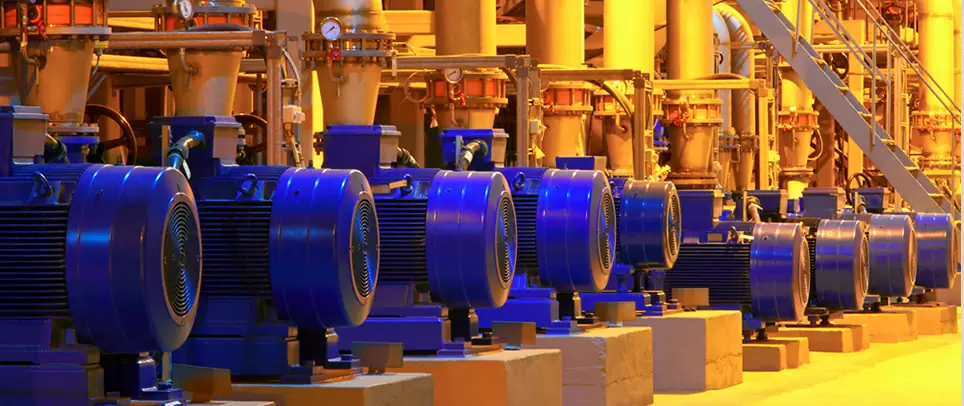A variable speed controller (VSC) is a device used to control the speed of an electric motor. When an electric motor is operated at a constant speed, it consumes more energy than when it’s operated at different speeds.
A VSC allows you to adjust the speed of the electric motor to save energy. In this blog post, we will discuss everything you need to know about VSCs for industrial applications. We will cover the different types of VSCs, how they work, and their benefits.
We will also discuss some important factors to consider when choosing a VSC for your application. So, if you’re interested in learning more about VSCs, keep reading!
What is a Variable Speed Controller?
A variable speed controller is a device that regulates the speed of an electric motor. It does this by varying the frequency of the AC power supply. The result is a smooth, controllable speed that can be adjusted to meet the needs of the application.
There are two main types of variable speed controllers: those that use thyristors and those that use transistors. Thyristor-based controllers are more common because they are more efficient and have lower costs.
However, transistor-based controllers offer better performance in terms of accuracy and response time. Transistor-based controllers are also more rugged and can handle higher voltages and currents.
Why Use a Variable Speed Controller?
Variable speed controllers offer many benefits over fixed speed controllers. The most obvious benefit is that they allow you to change the speed of the motor to meet the needs of your application. This means that you can optimize performance and efficiency while reducing energy consumption.
Another benefit of variable speed controllers is that they provide smooth starts and stops. This reduces wear on mechanical parts and decreases downtime for maintenance. Additionally, it provides better process control and improves product quality.

How Variable Speed Controllers Work
Variable speed controllers are devices that regulate the speed of an electric motor by altering the voltage supplied to the motor. By reducing the voltage, the controller can slow down the motor; conversely, by increasing the voltage, the controller can make the motor go faster.
Variable speed controllers work by rapidly switching the voltage on and off. The duration of each “on” cycle is known as the conduction angle, while the duration of each “off” cycle is known as the commutation angle. By changing the conduction angle, we can change the average voltage supplied to the motor and therefore change its speed.
Applications for Variable Speed Controllers
Variable speed controllers are found in all sorts of devices and machinery, from hair dryers and power tools to computer cooling fans and industrial production lines. They offer a number of advantages over traditional on/off switches, including increased energy efficiency, improved safety, and extended product life.
Conclusion:
Variable speed controllers are an essential component in all sorts of devices, from hair dryers to production lines. By rapidly switching the voltage on and off, they can control the speed of an electric motor by altering the average voltage supplied to it. This blog post has provided a short overview of what variable speed controllers are, how they work, and some of their most common applications.








